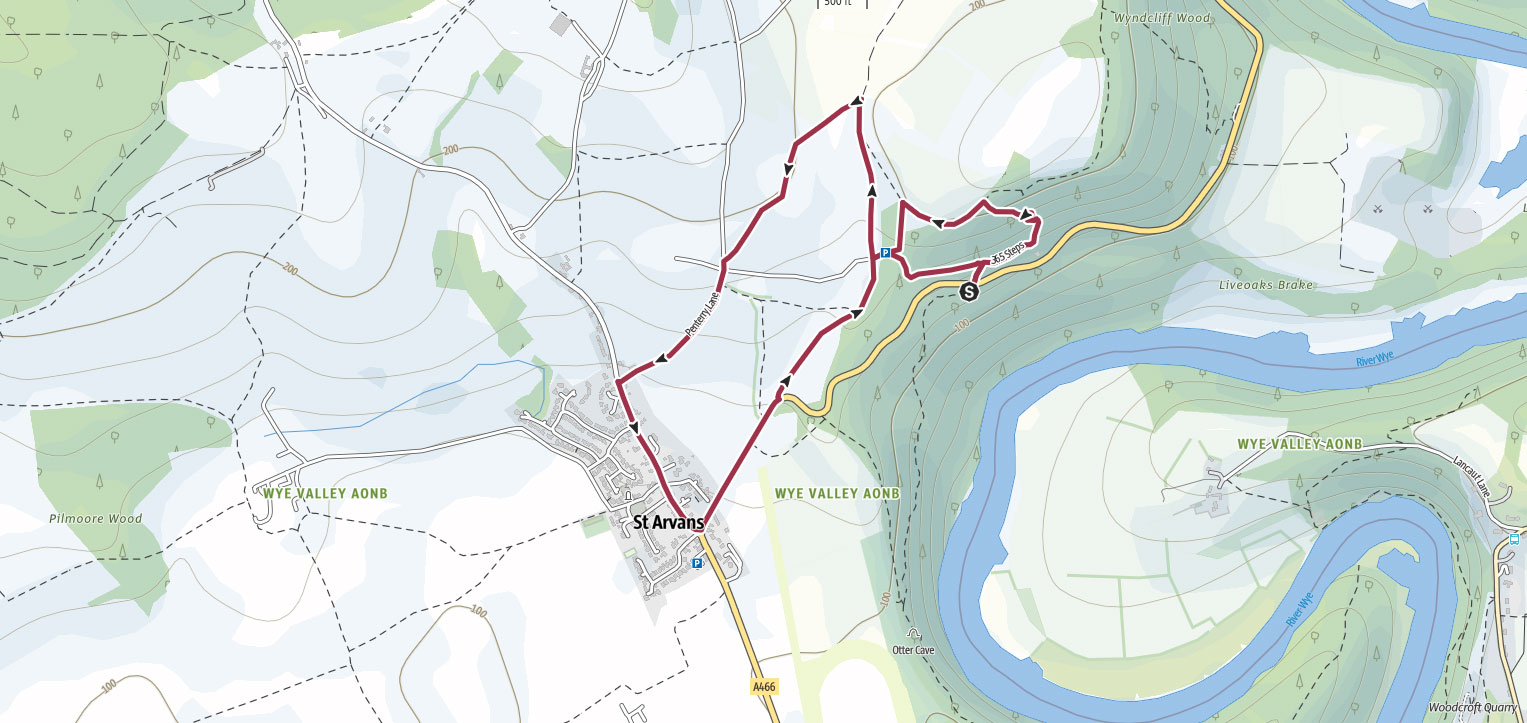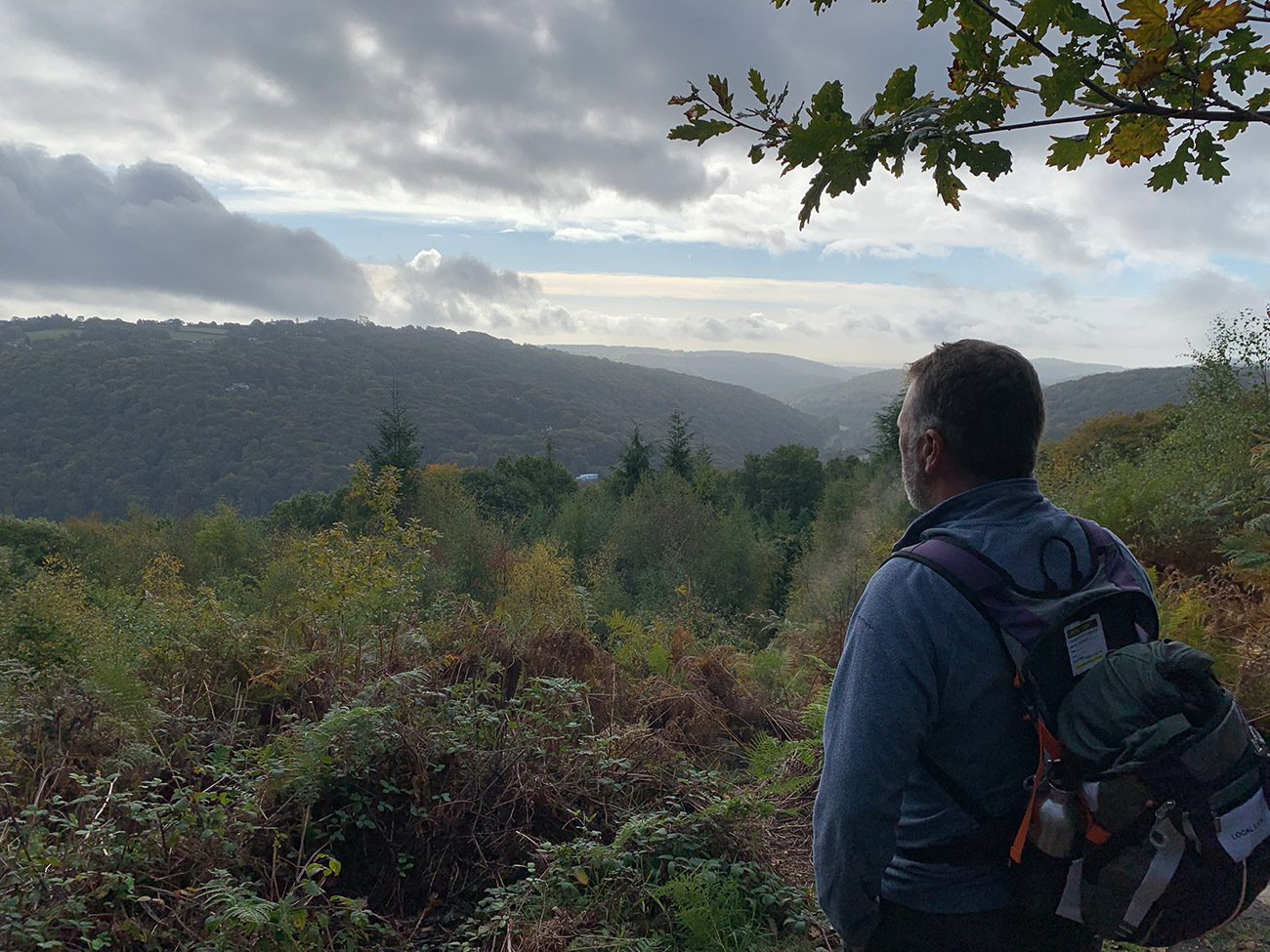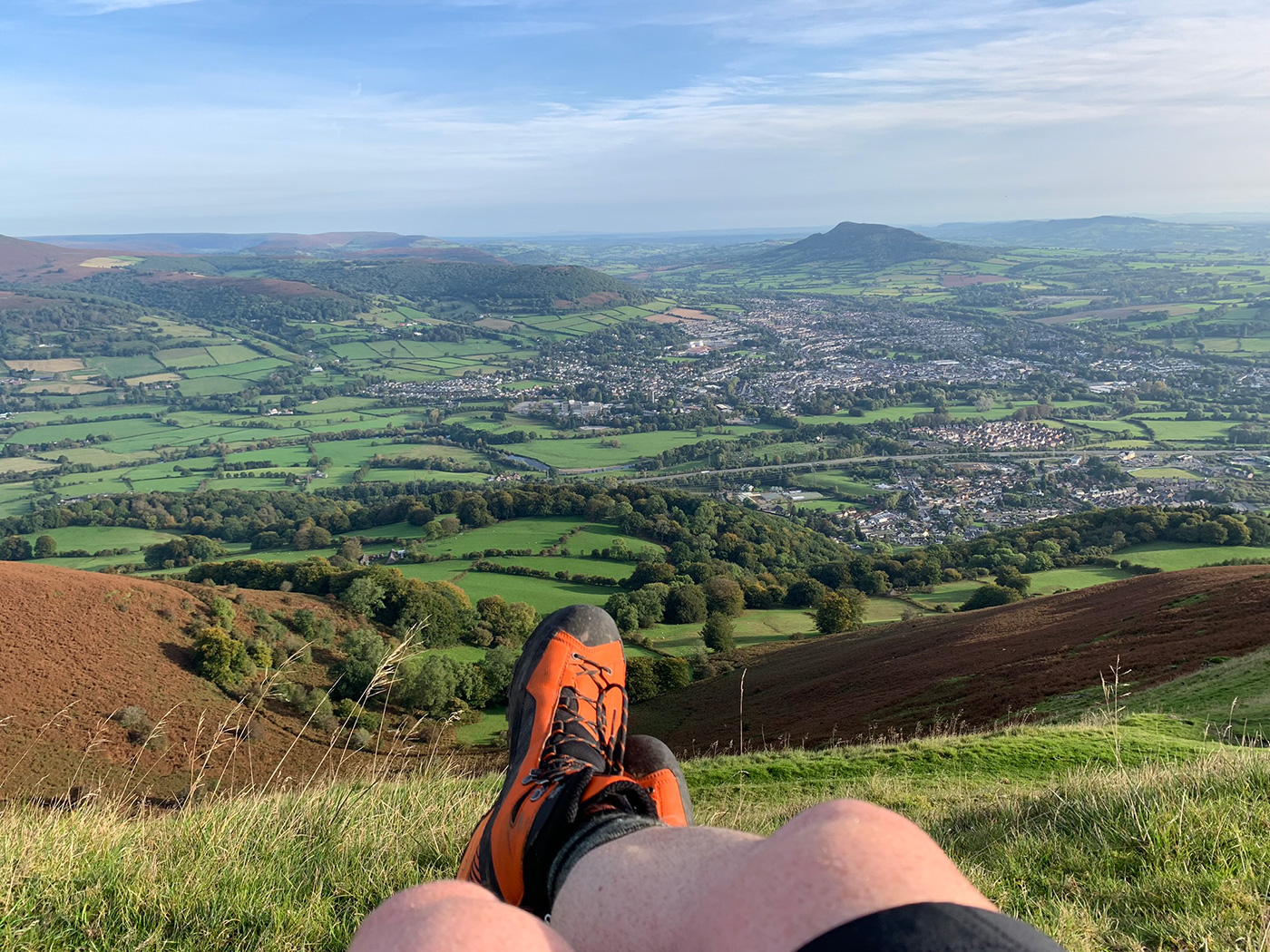The difference is your using technology, you’re following a set route because of the GPX file you have uploaded to a mobile hiking app, your watch or something like a handheld gps product. You plan your route out using digital mapping applications, I use ‘OutdoorActive‘, which once you have completed by setting markers to walk too, you will at the end be given a length of walk in time, distance you’ll walk, the difficulty level, the highest points and all the info you’ll need to plan ahead.
You can then download the GPX file and upload it to your technology that’s going to guide you around that route. That is pretty much the basics of it, but below I will explain things a little bit more, but I think those last 2 paragraphs, should be enough really to move onto using GPX files on your next hike.
After your hike it’s fun to look back on your walk via technology, and see the time you took, the calories burnt, the highest and lowest points and you can connect it up to your Strava account for instance, and instantly get more data and it’s helping in your daily lifestyle challenge.
So what actually is a GPX file?
Basically, GPX files contain GPS data that can be read and used by applications, GPS units, hiking websites, watches etc. ‘GPX’ stands for ‘GPS Exchange Format file‘. If you open a GPX file, you will see lines of code full of GPS coordinates and data points.
The code is a set of waypoints on your route, which are geographical data points which your hiking tech companion reads and outputs in a graphical way, which usually uses an arrow to keep pointing you to the next geographical waypoint.

These days, people who are active and want to track what they’re doing are almost always creating their own GPX files, for instance if you have been out walking, running, playing football and recorded your movement on your phone, smartwatch etc, you have then created a GPX file. You then look back at it later, share it on Strava, Facebook etc, your connections are then seeing the GPX file you have created with all the data that was collected along with it.
These collections of routes and plans are also always going to be there unless you delete them, so you can look back on them, share them with friends and the other way around, you can see other peoples routes and use that GPX file for yourself.
I love the planning out of routes, and then taking a group of friends out with me and guiding us around that route. There no getting lost, everyone knows the time we are going to get back, and what’s ahead, I love it, and there no going back now.







Great article on GPX files and how to use them. I will encourage others in our group to create their own or use one that has been shared so they can improve their own navigational skills.
Thank you Mike, using GPX files has helped us out every weekend and saved a lot of time not wasted on getting lost.